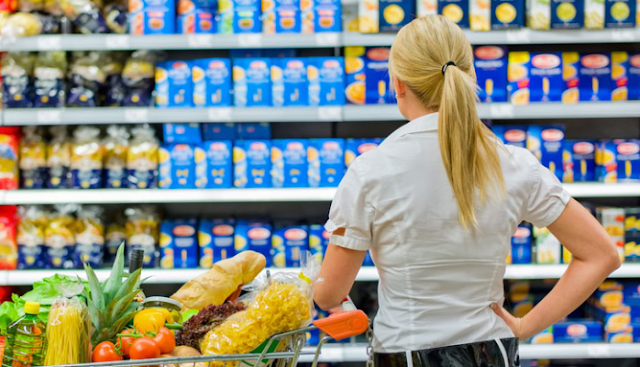Challenging times in Shopping behavior ahead
Who says shopping isn’t complicated? With the number of variables being plugged into shopping every day, it has become an art & a science both for the Shopper & the Marketer.
But, who has made shopping complicated?
In the current Indian scenario of such intense competition, the rate of change is constantly pushing new limits. Just a couple of years back, an Organized Retail in-store innovation used to make marketing headlines & office talk across companies. Now, they all seem common place. Every week, companies are fighting for space & retailers are auctioning it to the highest bidder. As the End-cap prices sky-rocket, brand managers need to innovate constantly in-order to engage the shopper just that little bit extra.
The options for a typical middle / upper-middle class urban household meanwhile are ever increasing. The phenomenal success of malls & multiplexes, irrespective of their high-end pricing speak for themselves. Shopping behaviour is changing & fast, led by: rising household incomes, brisk entry of more foreign players, a younger India & penetration of technology. For FMCG in particular, it is predicted by booz&co. that 30% of total trade will come in from modern trade by 2020. 30% across India would mean a number in the range of 70% for Urban India.
The Concept of Shopping thus has & will continue to become more complex, especially for the Marketer.
Almost every FMCG player has accorded special focus towards the Modern Trade format & has infrastructure & managerial capabilities dedicated towards this channel.
What about Traditional Retail or General Trade as in FMCG parlance? Companies are realizing the potential these 8 million mom-and-pop stores provide. Currently and in the near future, they will continue to remain the most preferred format for a majority of Indians.
A leading FMCG company for instance, accords the same importance of a Modern Trade outlet towards all of its top Grocery turnover mom-and-pop stores. The same margins, the same schemes and the same quality of dedicated merchandising. This is the future, the evolution of the so-called unorganized sector. ‘Necessitated by the local retailer’s need in face of competition, but driven by the various FMCG players in the industry.
As a fundamental consequence, this leads to a multitude of options for the Shopper. They are spoilt for choice even within their conveniently placed local Grocer. Has this led to Shopping becoming more complicated? Well, it has certainly become more attractive for the Shopper.
Let me cite the case of private labels in Modern Trade. Two of India’s leading Food Retail chains both have private labels placed right beside popular brands from established market players. These private labels play mainly on the ‘significantly lower price’ or on the ‘higher weight for the same price’ angle. A typical Middle class shopper might get severely conflicted during purchase in many low involvement categories, thereby playing into the hands of these private labels.
A shopper thus starts to assimilate more & more information on price & weight (ingredients, freshness, freebies etc.) comparisons thus leading to the point of inflection in the brand vs. price trade-off. Ultimately the simple decision of buying a Floor Cleaner now involves a complex matrix of numbers & scientific text.
Challenging times in Shopping behavior ahead, ‘the more the merrier’ seems to be the ‘shopper’ mantra till date, as the ‘Marketer’ continues to grapple with building capabilities to tackle the same.



Comments
Post a Comment